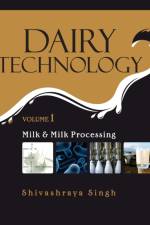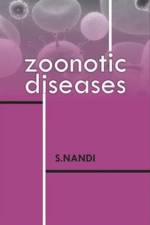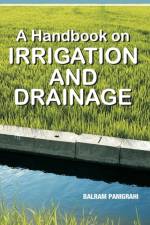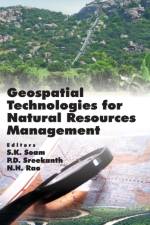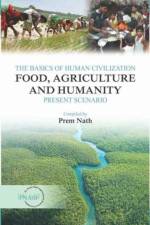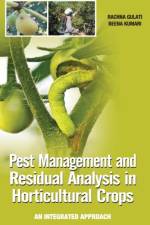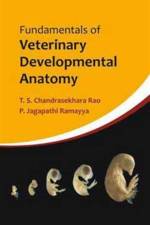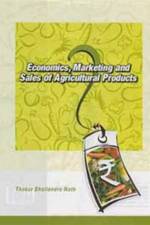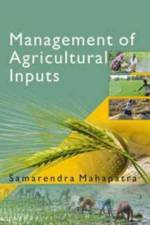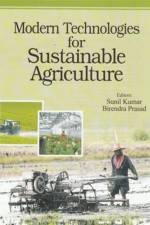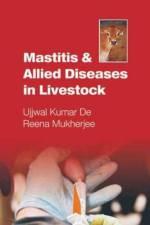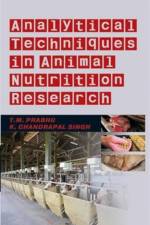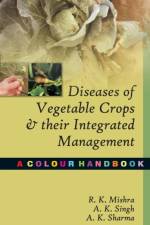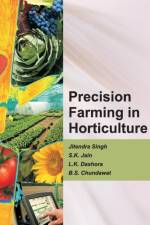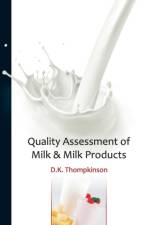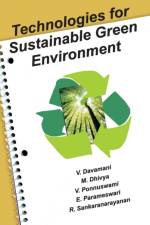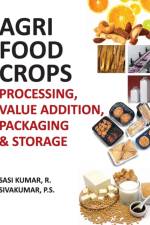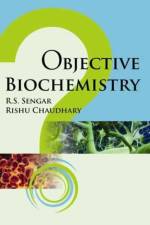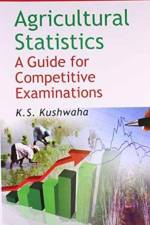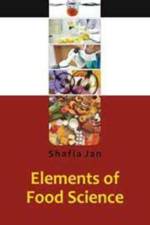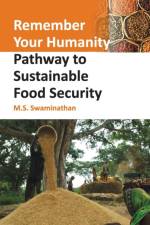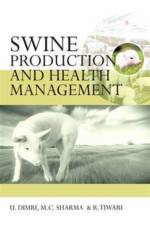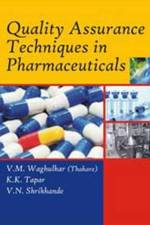av S.K. Soam Rao
1 751
The contents of the book are of a high quality and flow very smoothly from the characterization of biophysical resources and land use systems to the farming systems level and finally culminate at the catchment/ watershed level. The modelling studies are included to update the current trends, while vulnerability studies provide complete set of information with respect to future action plan. The authors of the various s have also displayed high skills in development of customized GIS tools of learning and knowledge sharing. This book, would stand-out as an example of knowledge sharing efforts in the area of geo-informatics and the use of GIS technologies for their effective and efficient management of natural resources. The authors from top institutes like CGIAR, ICRISAT, University of Tokyo, Japan, National Agriculture and Food Research Organization, Tsukuba, Japan and The Kansas State University, USA, IIT, IARI, NRSC, NGRI, and reputed Agricultural Universities and institutes (e.g. NBSS&LUP, CRIDA, CSSRI, NIAM, IGFRI, NRCAF, NBPGR, CMFRI, IASRI, IIHR etc.) have contributed knowledge relating to biophysical resource characterization and quality assessment, agricultural vulnerability to climate change, rainfall variation, water availability and urbanization, and development of customized GIS application, knowledge sharing and learning tools. The comprehensive review in the areas of data mining, farm level applications, and modeling for retrieval of biophysical parameters are other specific contributions from the authors.

